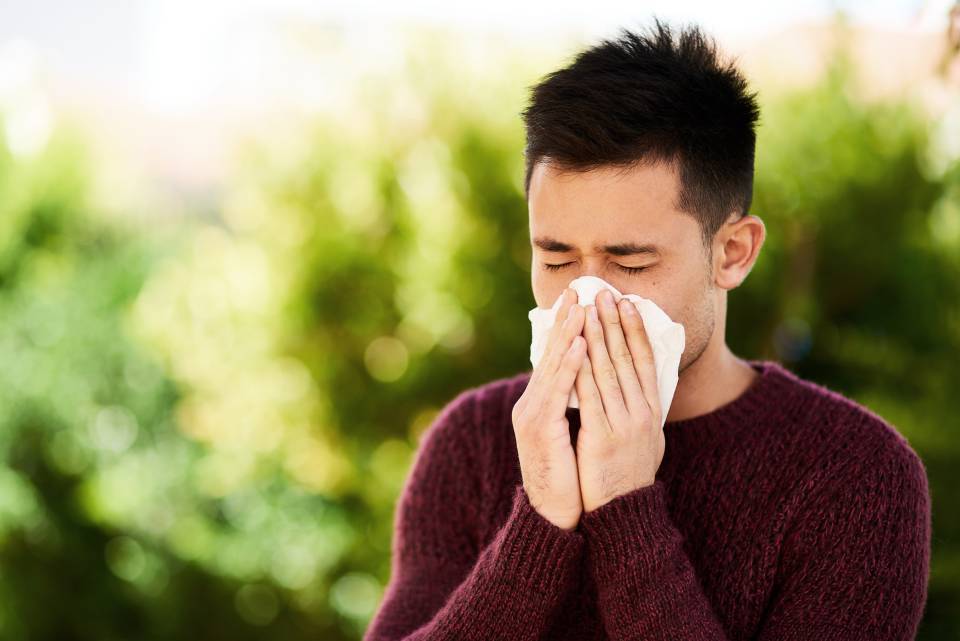The variability of flu viruses and their ability to mutate mean that, year after year, health professionals who study influenza arrive at the same conclusion – flu is unpredictable. The need to adapt the vaccination to such a changing situation is a public health concern.
Normally, type A flu viruses dominate over type B. Three or four strains of the virus tend to be more abundant than others, but the fact is that over the course of the outbreak there is a kind of “virus soup”, with the various strains differing from one another to a greater or lesser extent.
Flu is transmitted from person to person through everyday actions such as sneezing, talking and coughing. It can also be passed on when people’s hands touch surfaces where the virus has been, fail to wash their hands properly and then touch their mouth, nose or eyes (mucous surfaces).
Children are big “spreaders” of the flu virus, which is why the outbreak often grows around the Christmas break and the subsequent return to school. Adults aged 60-65, and chronically ill patients of any age, particularly those with lung or heart complaints, may suffer more serious complications, and can even end up in hospital. Mothers-to-be are also a high-risk group.
Flu is passed on 24-48 hours before the appearance of any symptoms, which include fever, headache, muscle pain, coughing and small amounts of mucous. However, many people can have flu but be almost entirely free of symptoms.
The best prevention against flu, apart from being in a good state of health and following basic standards of hygiene, is to be vaccinated. The flu vaccine is not perfect, but it can provide protection, and if you develop flu, it will help prevent further complications. In some cases it can prevent the need for hospitalisation.
Every year, the vast majority of people (75-80%) who are admitted to hospital with serious cases of flu have not been vaccinated. The flu vaccine cannot bring on the flu, but it can fail to be effective, and therefore be unable to prevent it. It also does not protect against the common cold and other viral infections that are common in winter. Finally, the flu vaccine is safe – the vast majority of the adverse effects are local, such as pain at the point of injection and a slight physical discomfort. These effects tend to wear off after 24-48 hours.
The best and safest form of prevention is vaccination if you are in one of the groups for whom vaccination is recommended. To get vaccinated, go to your local health centre around the end of October and listen to the advice given by the healthcare team. And above all, be aware that vaccination not only protects you, it protects those around you as well.




